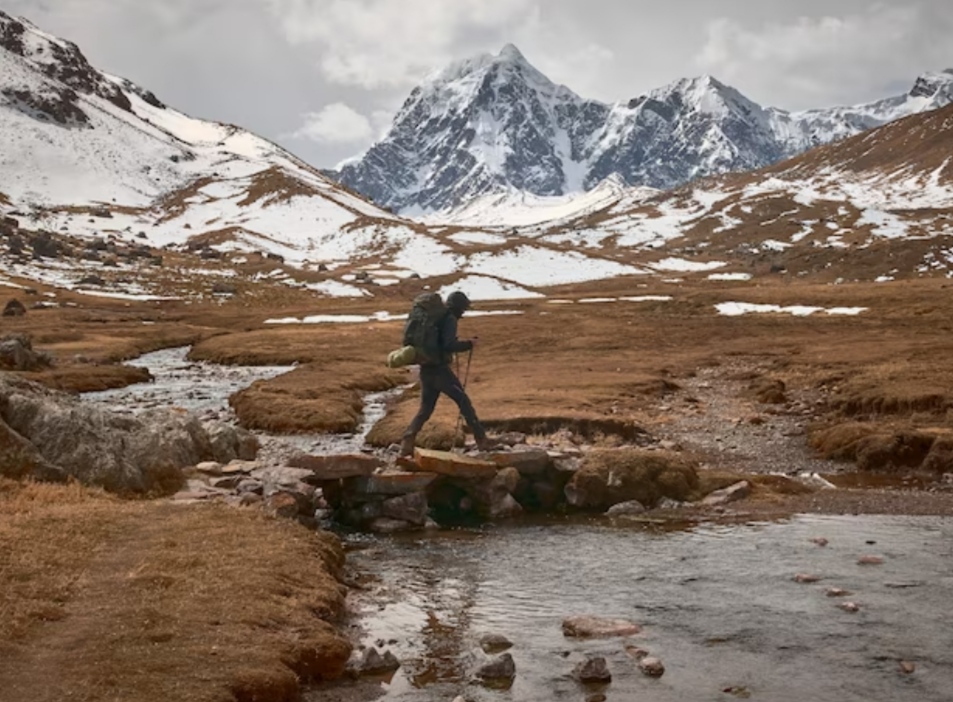
Table of Contents
Best trekking company in nepal. The Himalayan region of Nepal is a treasure trove for trekkers and adventurers alike, offering some of the most breathtaking landscapes, challenging terrains, and rich cultural experiences in the world. Trekking in Nepal’s Himalayas is not just a physical journey but also a deep dive into ancient traditions, spiritual awakening, and unbridled beauty. This article delves deep into this mesmerizing world, offering insights, suggestions, and some valuable tips for those eager to embark on this journey.
Table of Contents
- Introduction to the Himalayas of Nepal
- Best Seasons for Trekking
- Top 5 Treks in Nepal’s Himalayas
- Tips and Preparations for Trekking
- The Cultural Aspect of Trekking
- Environmental and Ethical Considerations
- FAQs
1 Best Trekking Company In Nepal Introduction to the Nepal Himalayas
Nestled between India and Tibet, the Nepalese Himalayas cover approximately 75% of the country’s land area. These majestic mountains are home to eight of the world’s 14 tallest peaks, including the renowned Mount Everest.
2. Best Seasons for Trekking
- Spring (March to May): Blooming rhododendrons, clear skies, and temperate weather make spring a favorite among trekkers.
- Autumn (September to November): This is the most popular trekking season due to stable weather and incredible mountain visibility.
3. Top 5 Treks in Nepal’s Himalayas
| Trek | Duration | Difficulty | Highlights |
| Everest Base Camp | 12-14 days | Moderate | Close view of Mt. Everest, Sherpa culture |
| Annapurna Circuit | 10-20 days | Moderate | Diverse landscapes, Thorong La Pass |
| Langtang Valley | 7-10 days | Moderate | Less crowded, Tamang culture |
| Manaslu Circuit | 14-18 days | Challenging | Restricted area, pristine nature, fewer crowds |
| Ghorepani Poon Hill | 4-6 days | Easy to Moderate | Panoramic mountain views, ethnic villages |
4. Tips and Preparations for Trekking
- best trekking company in Nepal. Some Physical Preparation: Regular cardio, strength training, and endurance hikes can prepare the body.
- Mental Preparedness: Be prepared to face varying weather conditions, potential altitude sickness, and physical exhaustion.
- Gear and Equipment: Essential items include a good quality backpack, trekking boots, weather-appropriate clothing, a first-aid kit, and essential documents.
5. The Cultural Aspect of Trekking
The Himalayas are a living museum of cultures. Trekkers can immerse themselves in the rich tapestry of Buddhist monasteries, Hindu temples, traditional villages, and age-old traditions. Always remember to show respect to local customs and traditions.
6. Environmental and Ethical Considerations
- Minimize Waste: Use refillable bottles, avoid using single-use plastics, and pack out all trash.
- Respect Wildlife: Keep a safe distance and do not feed the animals.
- Support Local Economies: Purchase local products and hire local guides.
- Stay on Marked Trails: This helps in reducing soil erosion and preserving the natural environment.
7. FAQs
Q: When is the best time to trek to Everest Base Camp?
A: The best times are during the spring (March-May) and autumn (September-November) seasons.
Q: What should I do to prepare for altitude sickness?
A: Acclimatize properly, stay hydrated, avoid alcohol, and consider taking Diamox under the advice of a medical professional.
Q: Do I need a guide for my trek?
A: While not mandatory for all treks, having a guide can provide valuable local knowledge, ensure safety, and enrich the trekking experience.
Q: What’s the food like during treks?
A: Most teahouses offer Nepalese dal bhat (rice and lentil soup), momos (dumplings), and other local and international dishes.
Q: Is tap water safe to drink during treks?
A: It’s advisable to drink purified or boiled water. Consider carrying water purification tablets or a water filter.
In conclusion, trekking in Nepal’s Himalayas is a once-in-a-lifetime experience. With the right preparation and respect for nature and culture, this journey can be a transformative one, filled with memories that last a lifetime. Whether you’re aiming for the Everest Base Camp or exploring the terrains of Annapurna, each step in this majestic landscape is a step closer to self-discovery. Safe trekking!